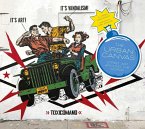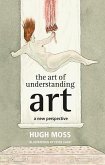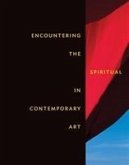Six case studies, conducted in New York City, Trenton, and Jersey City, explore how graffiti murals are created and what role they play in cities where buffing illegal graffiti is a lucrative business. The author interviewed people affected on a daily basis by the murals at sites around the metropolitan area, including property owners who have welcomed the muralists in hopes that the artwork would serve as a deterrent to vandalism-and provide a more aesthetically pleasing alternative to buffing. This analysis, informed by cultural Marxism and supported by street photography, suggests a radical departure from traditional New York City policy: instead of spending money exclusively on the elimination of illegal graffiti, resources should also be devoted to the creation of graffiti murals. In the end, graffiti removal teams and mural promoters are pursuing the same goal: making the city a more visually appealing place.








